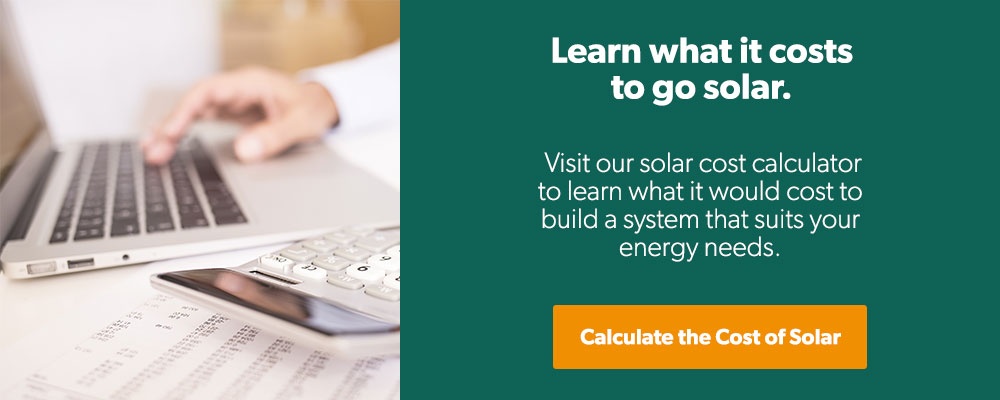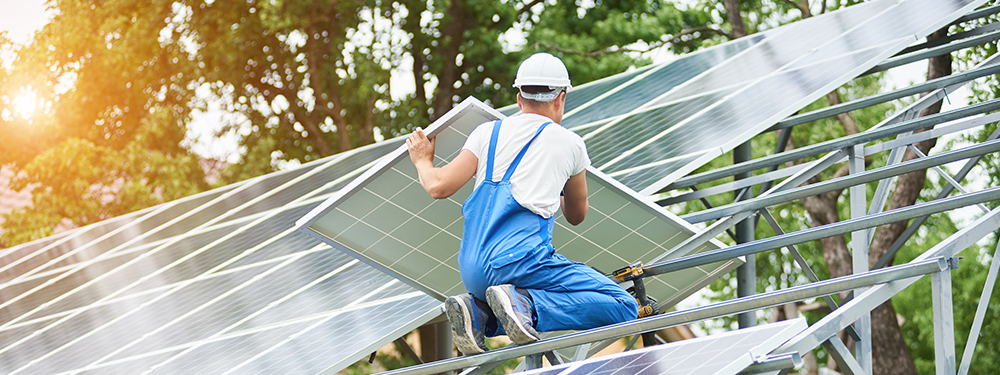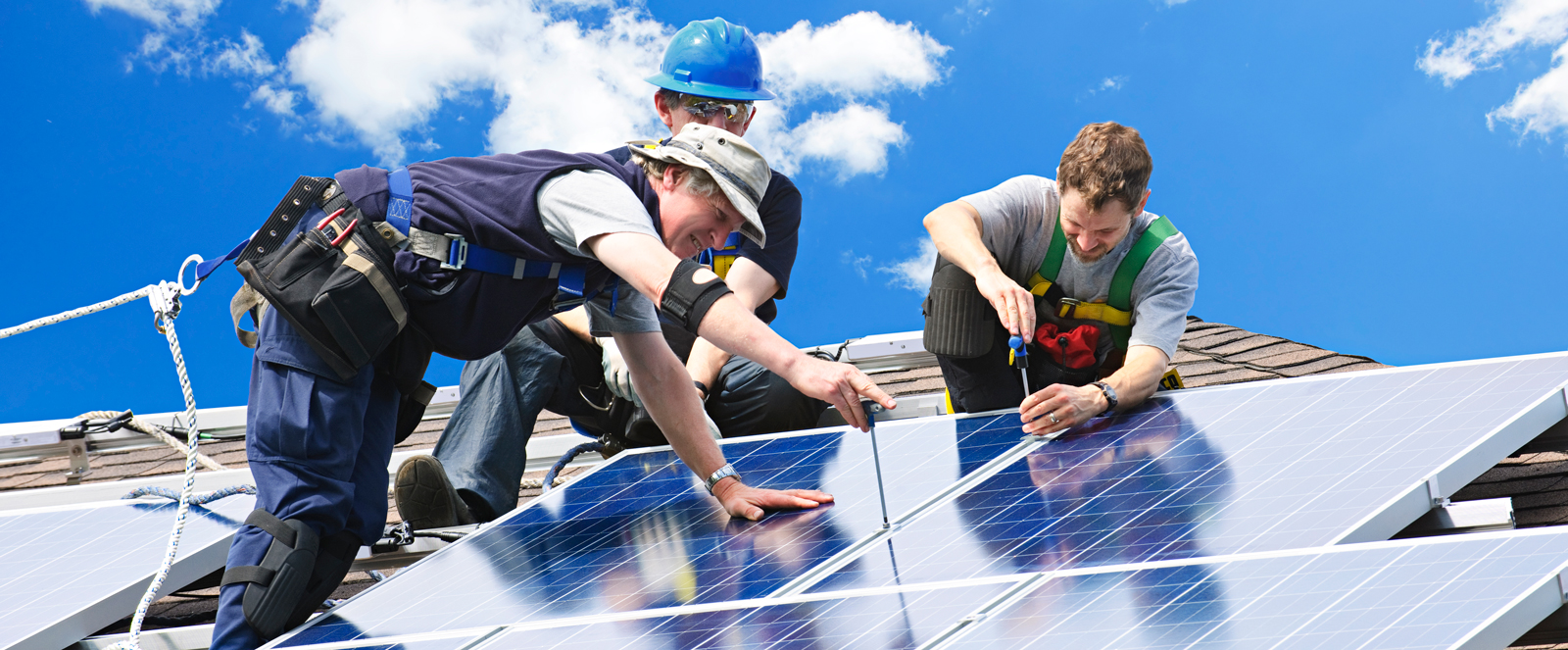4 Steps to Investing In Solar When You Rent or Lease Your Home
Do you rent or lease your property? Did you know you can still go solar?
While residential solar systems are normally associated with homeowners, you still have options as a renter or lessee, and you can still shave a chunk off your power bill and rely on renewable energy.
The trick is finding the right situation for your solar aspirations – most landlords won’t let you mount solar panels on the roof they own (and you rent from them), so sometimes you have to get creative.
Below are a few good solutions to going solar when you rent or lease.
1. Modular and Portable Systems
Some solar systems can be set up with little to no installation processes – no bolting racking to the roof or installing heavy ground-mounted poles.
Lightweight, flexible panels from SunPower® can be a great choice for renters and travelers, easy to transport and set up quickly.
There are also specialty solar kits that can install on your balcony railings, window ledges, and banisters, allowing you to make the most out of your apartment or home space, without needing to install.
Some of these systems even qualify for the 26% federal rebate, so you might end up saving more than you expect!
2. Join A Renewable Community
Some communities, neighborhoods, or even full districts can be remotely tied into solar farms or other renewable plants which power their utilities.
It’s possible to sign up for programs such as these through your regular utility company, which will often pay out in credits on your power bill. There are also experimental solar communities such as New York’s Brooklyn Microgrid and California’s SolarShares program.
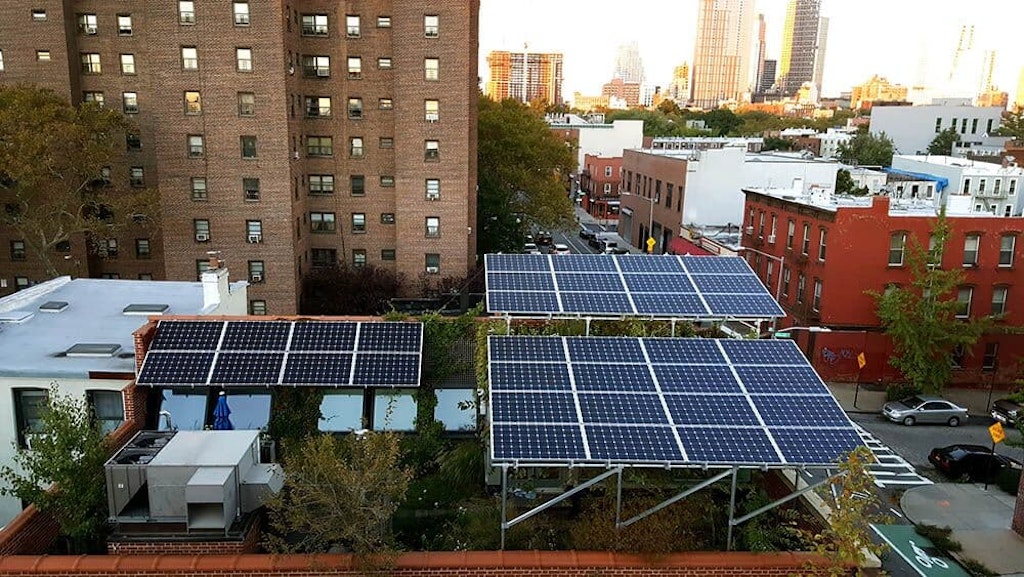
Renewable communities are taking off in a number of states, with some cities already onboard for 100% renewable energy, and many more on track to join them in the next 20 years. Burlington, Vermont is already completely run on renewable energy sources, the first city in the nation to do so! It was quickly followed by Aspen, Colorado and Greensburg, Kansas, with Georgetown, Texas on track to achieve 100% renewable status by the end of this year.
Other, bigger cities are pushing for their own renewable energy goals by the end of the decade, including San Diego, Rochester, and Grand Rapids. If the trend continues, finding a city to live in that’s 100% powered by renewable energy should get easier every year!
3. Play the Market
If you can’t put solar on your roof, you can invest in those who do! Investing your portfolio in one specific industry or sector can help you diversify your holdings and profit when that industry grows.
Tesla, SolarWorld, and Enphase are all publicly traded companies whose stock shifts when the market fluctuates, and with the right investment and stock broker, you can cash in when the market grows. You can also put your money in an Extended Trade Fund (ETF) – a less risky option that covers several companies at once and can be traded similarly to stocks. When the solar industry profits, you profit.

Bonds are another potential source of investment, allowing you to invest in the long-term future of a particular project or company. The caveat is that these usually take far longer to pay off than stocks, so it’s best to be in it for the long haul if you invest in this way.
Investments in renewable energy will pay off, the industry is growing and new renewable projects are added every day. According to the most recent data, renewable energy is a growth industry poised to pay off bigtime by 2030, and that means 2017 is a prime time to put your money in the renewable market.
4. Baby Steps
If you can’t afford larger PV panels and the equipment that goes with them, you can still make an impact by going solar on a small scale. Solar chargers for your laptop, cellphone, and other small appliances can make a big difference, allowing you to use less power from your home or apartment outlets without the need for heavier equipment, permitting, or your landlord’s permission.
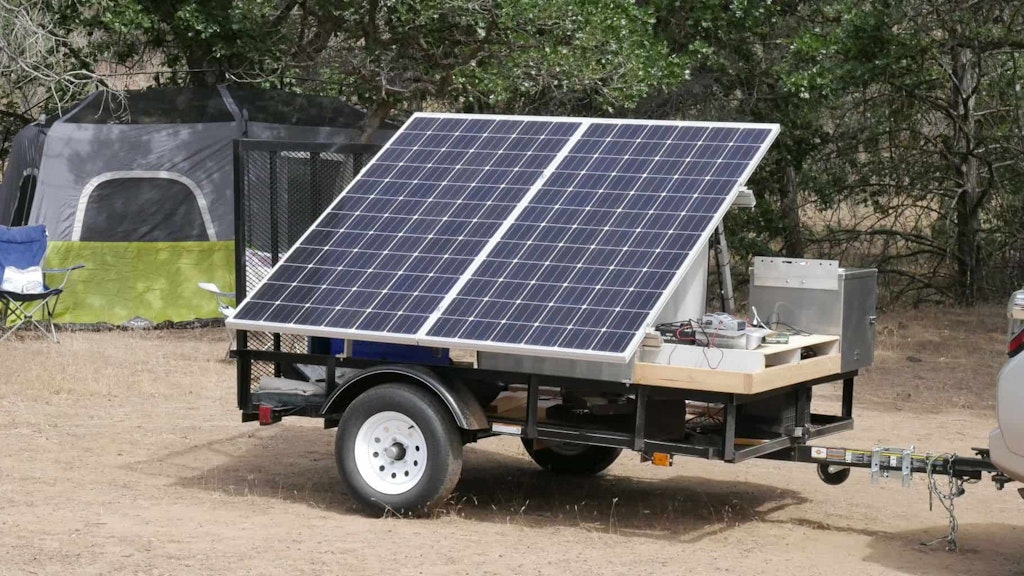
There are a number of solar power systems that can hang on your balcony or windowsill, be used indoors (in a sunny window spot, for example), or that are portable for camping and hiking.
So you can see, it’s not impossible to go solar when you rent! You can still make a difference both economically and environmentally, even if your landlord won’t let you put solar panels on the roof. Going solar has never been easier, so choose the option that’s best for your situation.
